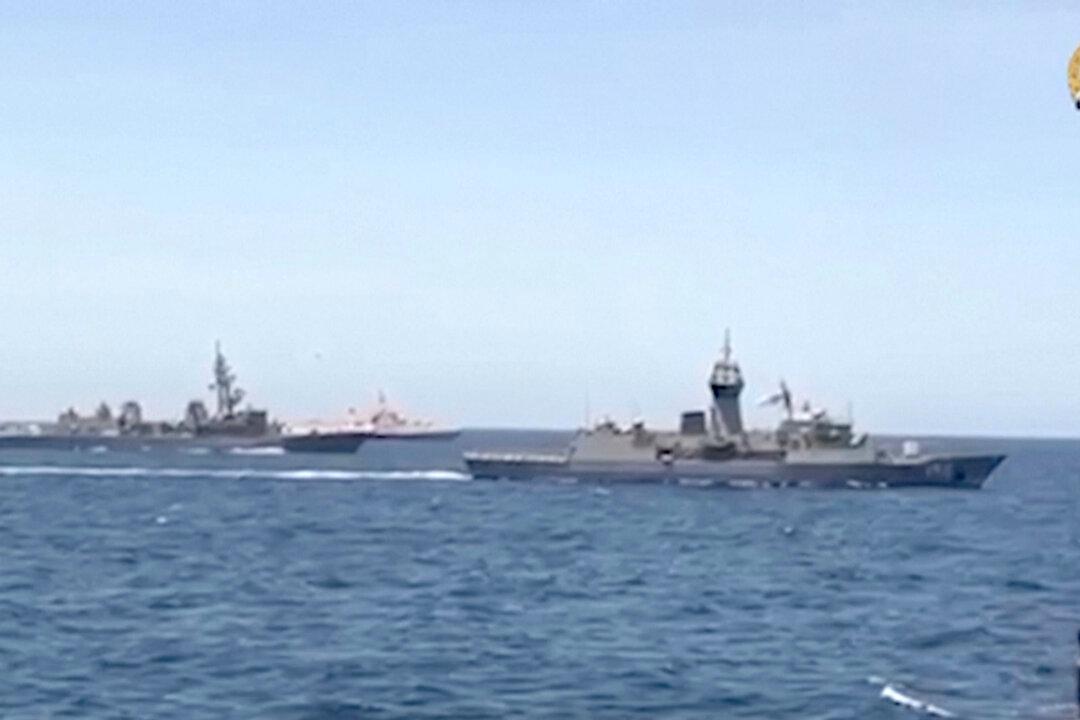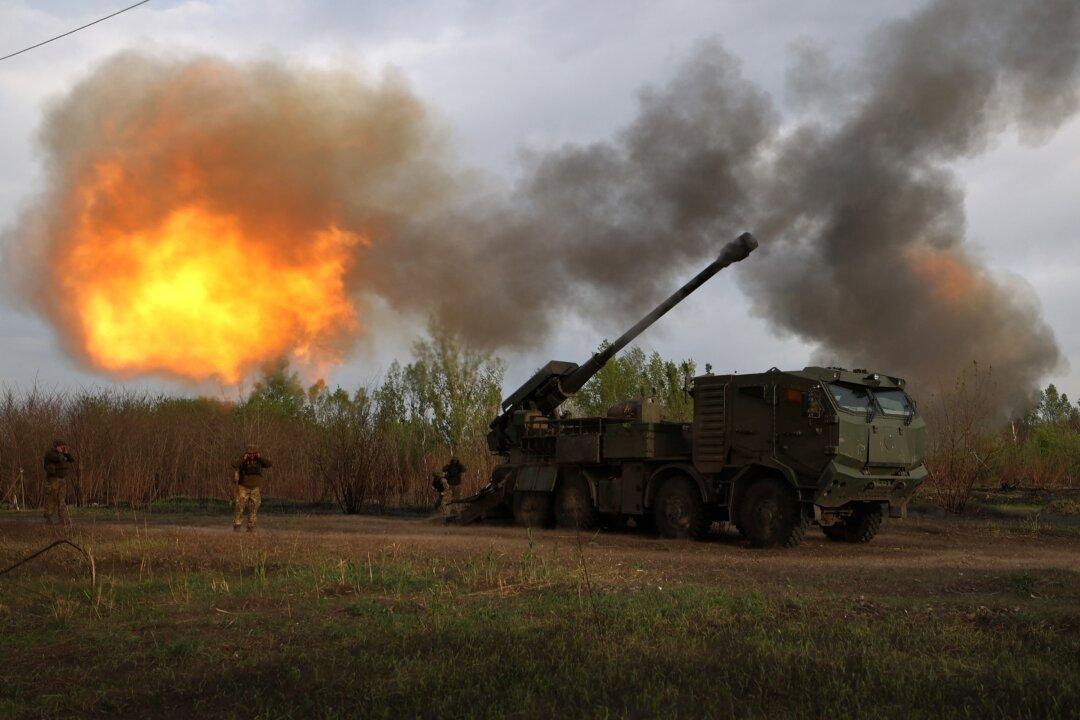The comments by Hyten, who is due to retire this week, referenced the test of a nuclear-capable hypersonic glide vehicle with an orbital bombardment system back in late July, which reportedly caught the U.S. intelligence community by surprise.
“They launched a long-range missile,” Hyten said. “It went around the world, dropped off a hypersonic glide vehicle that glided all the way back to China, that impacted a target in China.”
The system is of concern because the United States’ current early warning systems were designed to detect traditional intercontinental ballistic missiles (ICBMs) and not hypersonic glide vehicles (HGVs).
That’s because ICBMs work by arcing out of and back into the atmosphere in a relatively straightforward parabolic trajectory.
HGVs, however, are fired into space by rockets or ballistic missiles and then released to glide to their target along the upper atmosphere. They fly at a lower altitude than ICBMs and can change their intended target and trajectory repeatedly during their flight, effectively thwarting current defense systems once in orbit.
Similar concerns that Beijing’s pursuit of hypersonics capability may signal a shift away from China’s long-standing nuclear weapons policy of no first use were made by a report released earlier in the week.
“China’s nuclear posture could also support a more ambitious nuclear strategy that envisions the limited first use of nuclear weapons as a legitimate means of achieving China’s political objectives in the region,” the report said.
Secretary of Defense Lloyd Austin downplayed the threat posed by hypersonic weapons at a press conference on Nov. 17, saying that the U.S. military was moving as fast as it could and maintained its advantage over China.
“We continue to move as fast as we can to develop capabilities,” Austin said. “And again, we look at a full range of capabilities and not just one specific capability as we look at our adversaries.”
“I believe we have robust capability across the board,” Austin said.
Hyten said at the time that the United States had been developing a similar hypersonic system in 2011, although risk-averse leadership scrapped the project.
In the decade since, China conducted hundreds of hypersonics tests, Hyten said. Meanwhile, the United States has carried out nine.
“The pace [China is] moving and the trajectory that they’re on will surpass Russia and the United States if we don’t do something to change it,” Hyten said.
“It will happen.”





